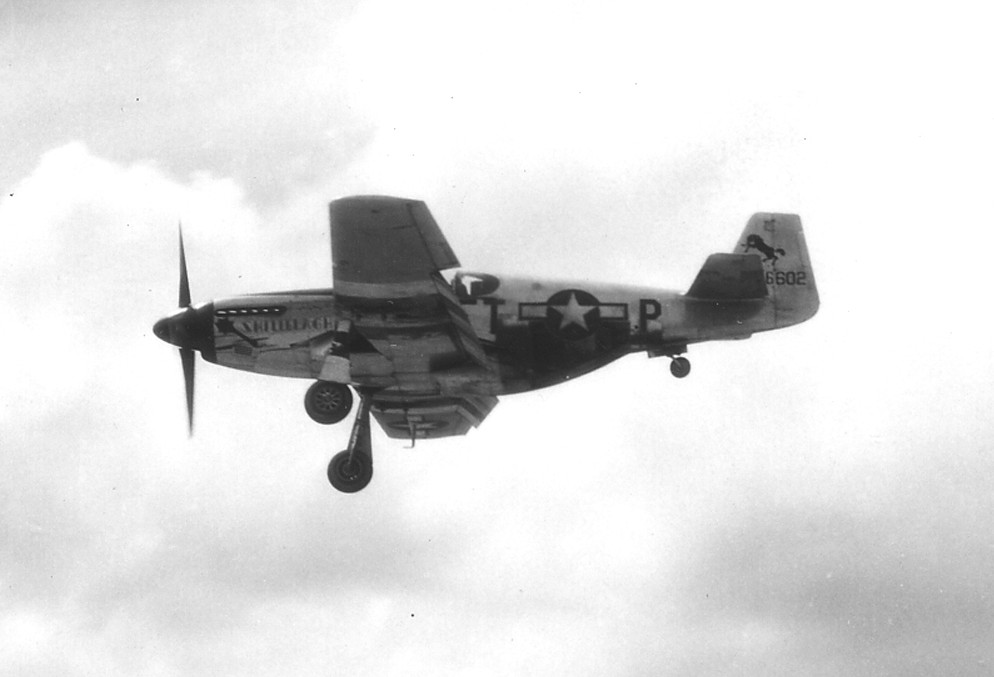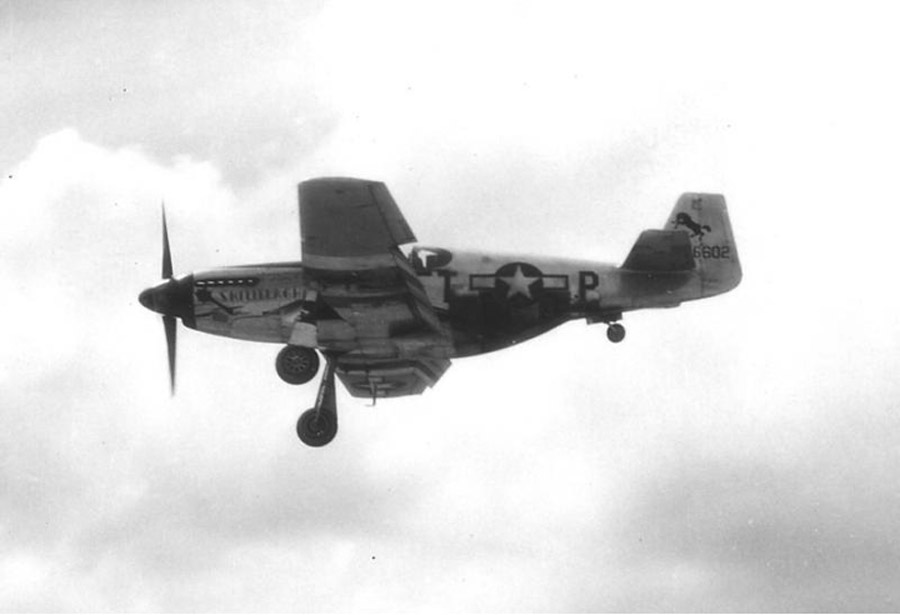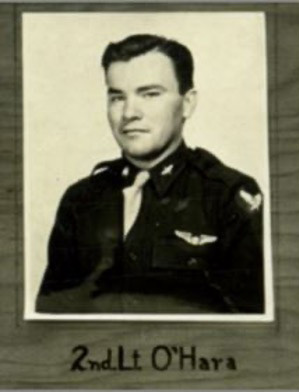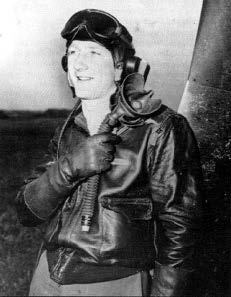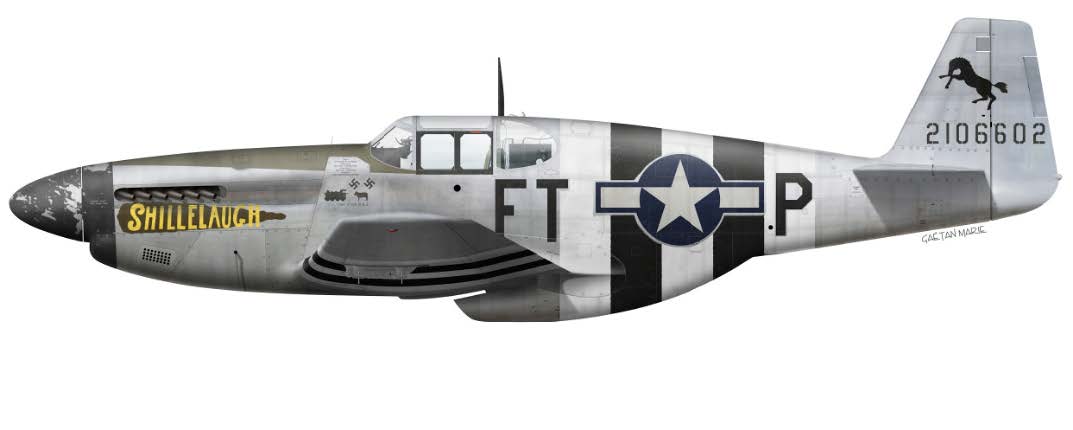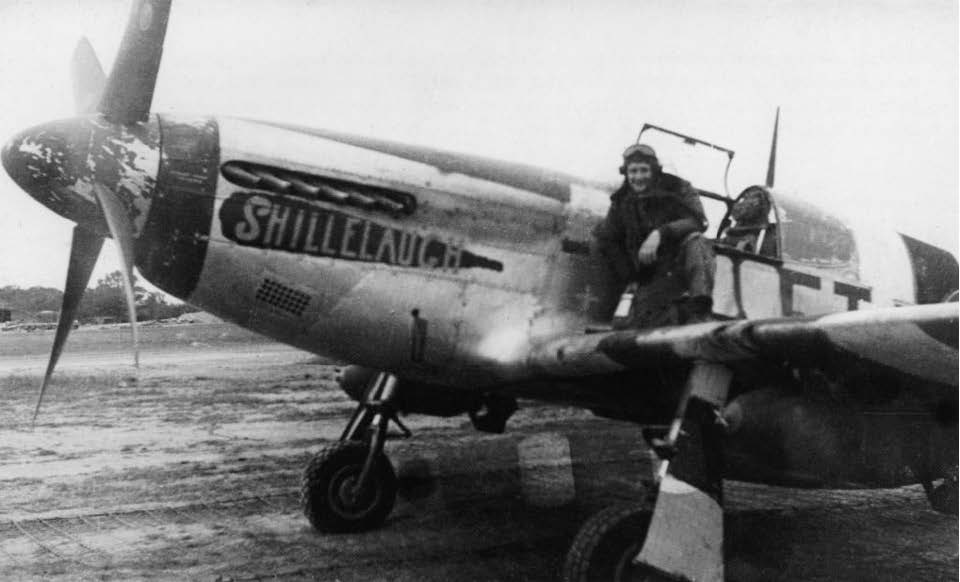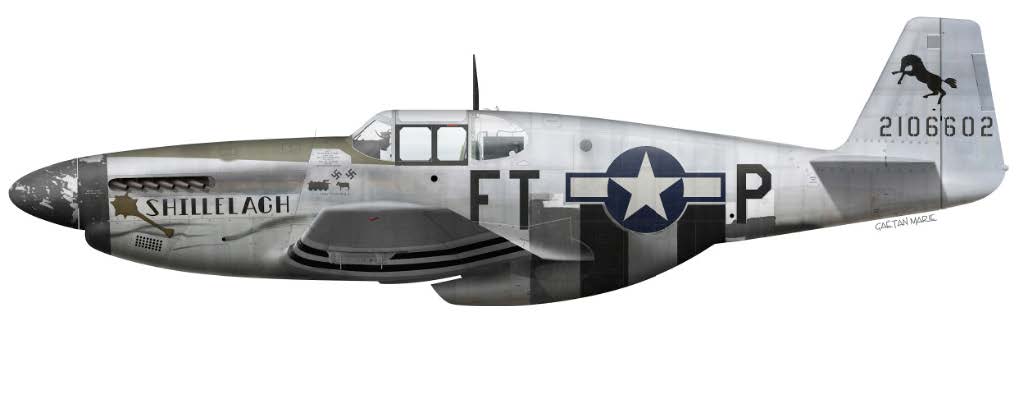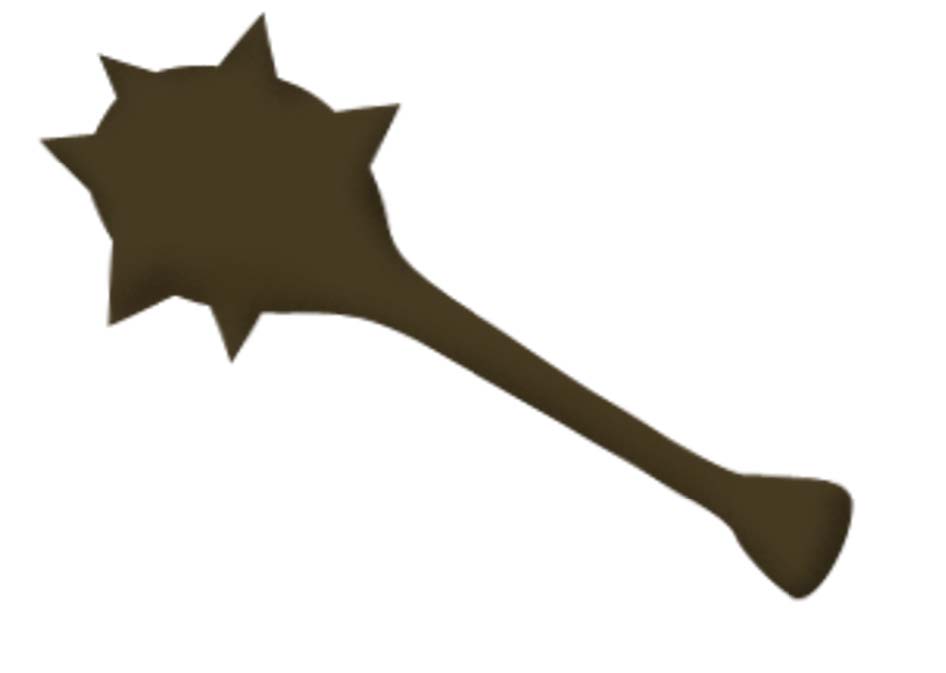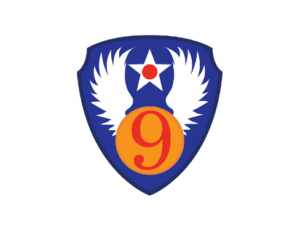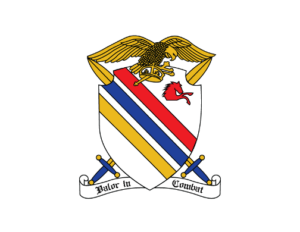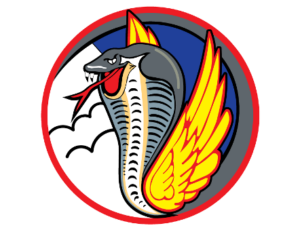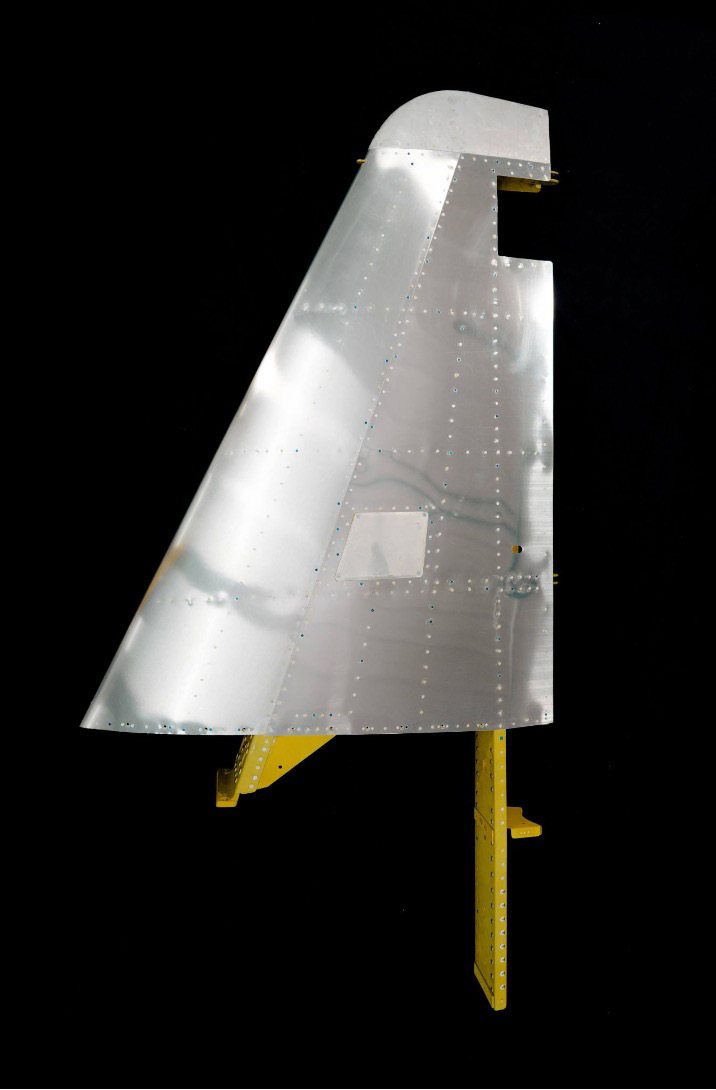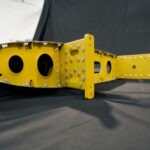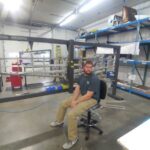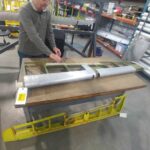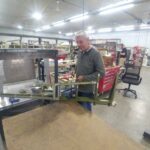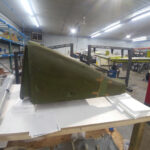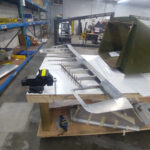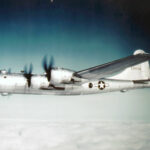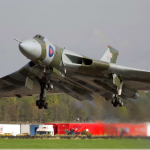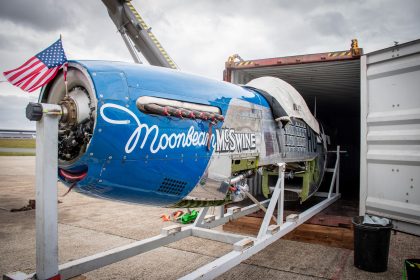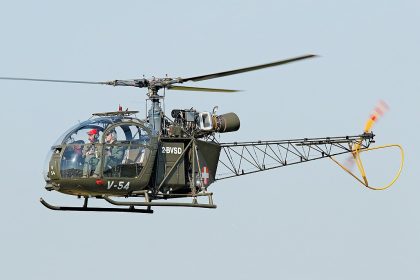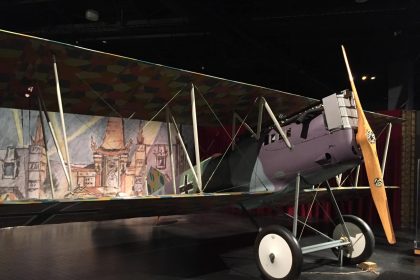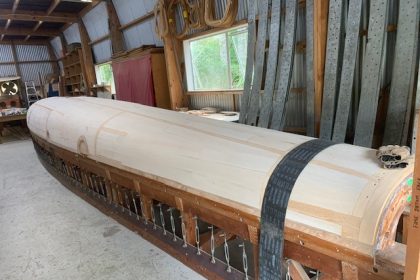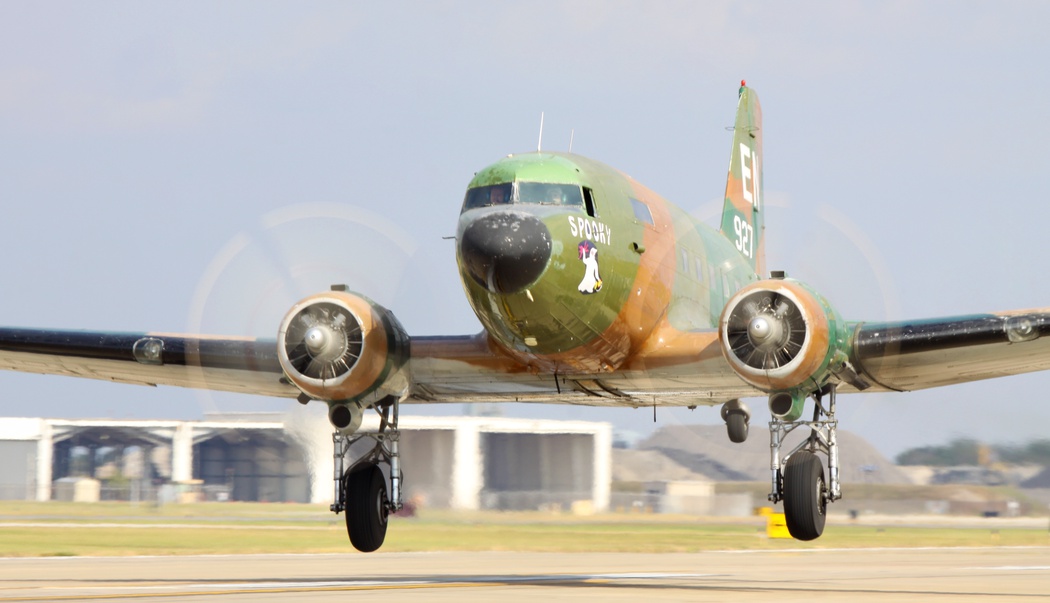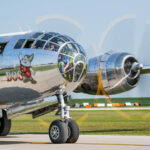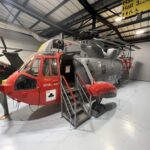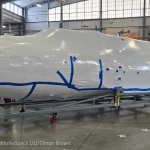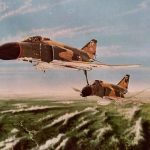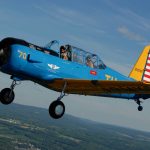As regular readers will know, at time of writing, AirCorps Aviation is in the final stages of completing a magnificent restoration of a rare razorback Republic P-47D Thunderbolt for the Dakota Territory Air Museum. It is one of several world-class efforts which the now-famed restoration shop in Bemidji, Minnesota has rolled out of their doors over the past decade or so. Not an organization to waste any time, they are already working on a number of other projects, one of which they began last year for the Wings of the North Air Museum of Eden Prairie, Minnesota. This latest project is based around the wreck of a rare, early-model Mustang, P-51B 42-106602, nicknamed Shillelagh, which has an extensive combat history. Two of those who flew the Mustang also have interesting histories; David O’Hara, Shillelagh’s regular pilot who also named her, and Kenneth H. Dahlberg, the triple-ace and former Prisoner Of War who was at the controls on the fighter’s final mission. As already noted, Shillelagh’s rebuild began in earnest at AirCorps Aviation last year, so we are a couple of restoration reports behind the present state of progress. We will therefore catch you up to speed over the next few days so we can take up the story as it sits now. So without further ado, here is Chuck Cravens’ first report on Shillelagh from last summer…
P-51B Shillelagh Wings of the North Air Museum Project – Summer 2021 Update
Update
Wings of the North’s latest restoration project honors Kenneth Dahlberg, David O’Hara and all the men of the 354th Pioneer Mustang Group.
Both O’Hara and Dahlberg flew P-51B-10NA Shillelagh, as did other members of the 353rd Fighter Squadron. Indeed, Ken Dahlberg was shot down in this airplane and escaped capture to return to his squadron. Shillelagh had been assigned to David O’Hara, and was the third of his Mustangs lost when another pilot was flying it. Shillelagh completed 95 missions over enemy territory, including during D-Day, before being lost on August 16th, 1944 with Ken Dahlberg at the controls.
As the restoration proceeds, we will tell Ken and David’s story, and that of Shillelagh.
DATA SHEET: P-51B-10NA 42-106602
P-51B-10NA SPECIFICATIONS:
- Engine: Packard Merlin V-1650-7, twelve cylinder Vee liquid cooled engine, 1695 hp
- Maximum speed: 395 mph at 5,000 feet, 417 mph at 10,000 feet, 426 mph at 20,000 feet, 439 mph at 25,000 feet, 435 mph at 30,000 feet.
- Range on internal fuel: 955 miles at 397 mph (at 25,000 feet), 1,300 miles at 260 mph (at 10,000 feet).
- Maximum Range with external fuel: 2,440 miles at 249 mph.
- Climb Performance: 5,000 feet in 1.6 minutes, 10,000 feet in 3.1 minutes, 20,000 feet in 6.9 minutes.
- Service ceiling: 41,900 feet.
- Weights: 6,985 lbs empty, 9,800 lbs normal loaded, 11,800 lbs maximum loaded.
- Wingspan: 37 feet 0 1/4 inches
- Length: 32 feet 3 inches
- Height: 8 feet 8 inches
- Wing area: 233 square feet.
42-106602 INDIVIDUAL AIRCRAFT HISTORY CARD (IARC) ENTRIES
Contract Number: AC-30479
NAA Construction Number: 104-22989
- Project number: 9054
- Factory Location: Inglewood, CA.
- Army Air Force Serial Number: 42-106602
- Production group: 42-106602 was part of a production group of 398 P-51B-10NAs that included 43-7113-7202, 42-106429 through 106538, and the subgroup of 198 that included this aircraft, 42-106541 through 42-106738
- Acceptance Date: 31-January-1944
- It was the 1,212th P-51B built.
- Available 2-6-1944 after 85 gallon fuselage fuel tank installed (note this IARC entry is a little strange because most sources indicate that the 85 gallon fuselage fuel tank was installed starting with the P-51B-5NA variant. What appears to be the case here is that the tanks were not yet being installed on the assembly line at Inglewood, but rather retro-fitted at modification centers – including the modification center at the Inglewood factory itself. This was common, as changes were implemented to assembly lines in order that production not slow down.
- Delivered 2-7-1944 to Air Transport Command for ferrying
- Flown out to Long Beach where it was delayed due to weather until departing Long Beach on 2-9-1944
- Arrived Palm Springs 2-9-1944
- Arrived Dallas 2-10-1944 and remained over night
- Arrived Monroe, LA 2-11-1944 and grounded until 2-20-1944. The grounding is unexplained on the IARC, but was likely due to a maintenance squawk. Continued delivery to Newark, NJ was approved on 2-24-1944
- Arrived Memphis, TN 2-29-1944
- Arrived Newark, NJ 3-1-1944
- Departed continental United States 3-9-1944
- Destination code indicated 8th Air Force, England. (SOXO)
- Arrived in England 3-22-1944
- Assigned to 9th Air Force 4-13-1944
COMBAT MARKINGS
- 9th AF, 354th FG, 353rd Squadron
- F-TP squadron markings
- Invasion stripes until ordered removed from upper surfaces, then only lower half of fuselage and under wing stripes remained
- A figure of a horse rearing up was painted on the tail
The nose art was originally a club-like Shillelagh, but spelled Shillelaugh. Over the night of June 5, 1944, full D-Day invasion stripes were applied.
At the time that the invasion stripes were ordered removed from the upper surfaces and top half of the fuselage, the Mustang likely received a “freshening up” of the paint scheme. The nose art name was now spelled Shillelagh, with a spiked club painted forward of the name.
The assigned pilot was 1st Lt David B O’Hara, O-744743. O’Hara flew a total of 84 combat missions from 20 December 1943 until 8 September 1944, with 48 of those missions being flown in 42-106602, FT-P. During O’Hara’s combat time, he had a confirmed air-to-air victory on April 8, 1944.1
1 USAF Historical Study No. 85, USAF Credits for the Destruction of Enemy Aircraft, Albert F. Simpson Historical Research Center, Air University, 1978, page 249
First Combat Mission: 15 April 1944
- 42-106602 flew its first combat mission on 15 April 1944. Other notable events were:
- 25 April 1944 Encounter Report and Early Return with coolant problems
- 30 April 1944 Battle Damage due to flak
- 2 May 1944 Encounter Report (with another pilot) and Early Return due to rough engine
- 8 May 1944 Early Return due to coolant problems
- 11 May 1944 Encounter Report (with another pilot)
- 30 May 1944 Encounter Report (with another pilot) and Early Return due to Oxygen troubles
- 6 June 1944 Forced Landing at Stony Cross (Station No.254)
- 14 June 1944 Encounter Report (with another pilot)
- 17 June 1944 Encounter Report (with another pilot)
- 21 June 1944 DNTO (did not take off due to unknown mechanical problems)
- 25 July 1944 Encounter Report with O’Hara for ground claims
- 1 August 1944 Encounter Report (with another pilot)
- 16 August 1944 Encounter Report (with another pilot) Kenneth H. Dahlberg/FRA
- Lost: 16 August 1944 with Kenneth H. Dahlberg who bailed out and evaded capture in France. Ken returned to the 354th FG on 27 August 1944. No official Escape & Evasion Report, German J Report, or Missing Air Crew Report were filed, meaning that the pilot did report back within 48 hours of being shot down and most likely was within territory where the Germans could not have undertaken salvage.
- 17 August 1944 listed as MIA on the Individual Aircraft Record card
- Recorded as missing in action 17 August, 1944
- Removed from AAF inventory 15 September, 1944
42-106602 flew a total of 95 combat missions. During the time period between 15 April, 1944 and 16 August, 1944, when Shillelagh was flying; O’Hara flew 56 combat missions, of which 48 were in 42-106602, FT-P.
The Restoration Begins
The Wings of the North Air Museum chosen AirCorps Aviation to restore Shillelagh. The first steps in any restoration involve evaluating what is on hand and then the beginning of construction for what is missing.
The Mustang’s empennage was the first assembly completed on this project.
And that is all for the first edition of Chuck Cravens’ coverage describing the restoration of Wings of the North Air Museum’s P-51B Mustang Shillelagh at AirCorps Aviation. We will publish the second installment from last fall in short order! Many thanks to Chuck Cravens and especially to AirCorps Aviation for their continued, long-time support!







